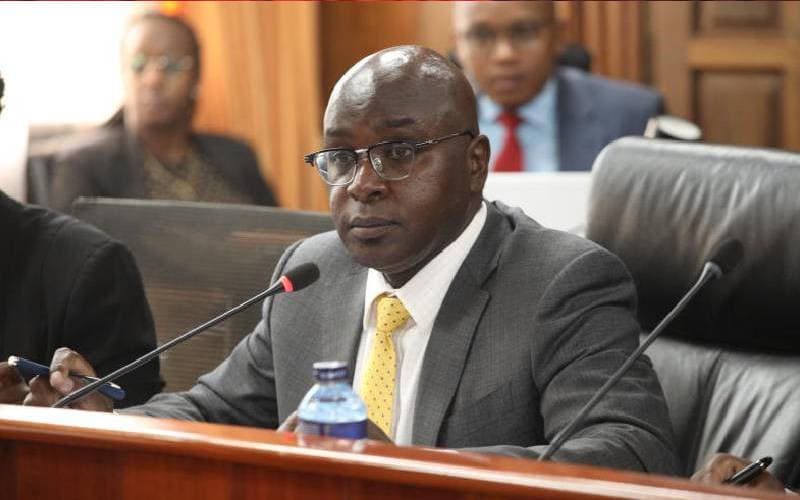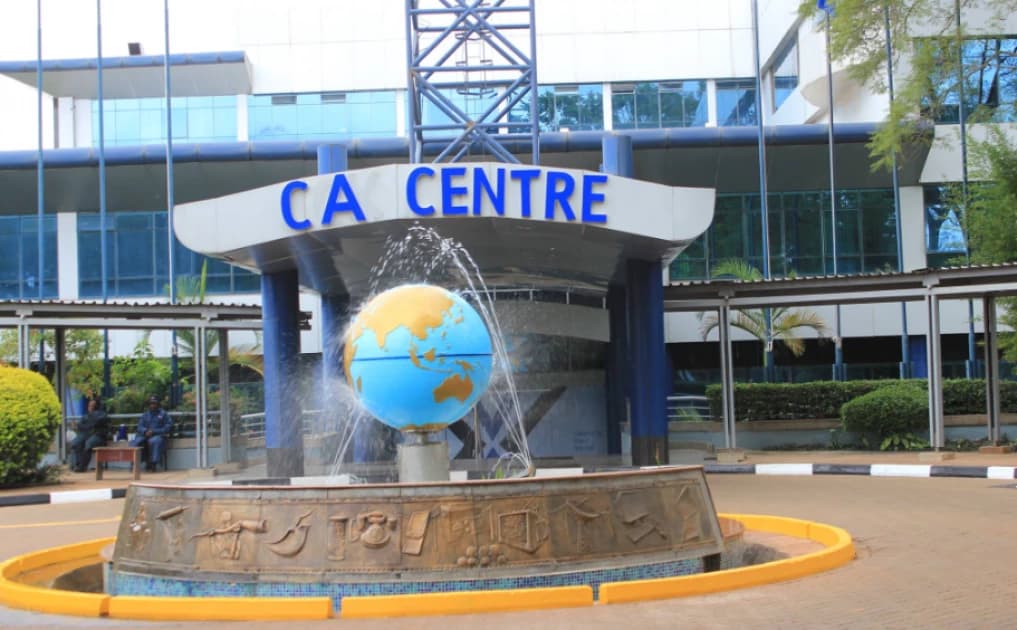Business-driven stories that matter
Stay connected with the latest insights from our business ecosystem.



In a landmark victory for press freedom, the High Court has declared the government's attempt to block live coverage of protests unconstitutional, safeguarding the public's right to see events as they unfold.